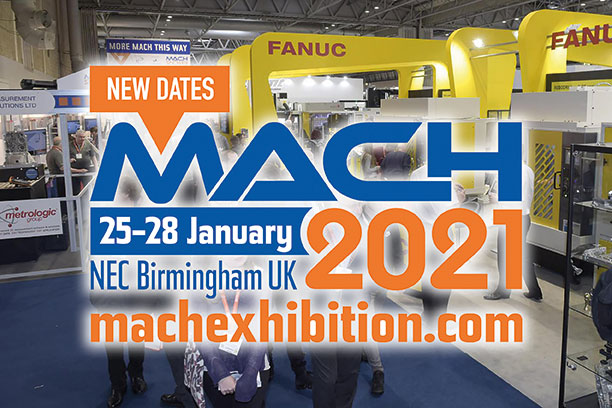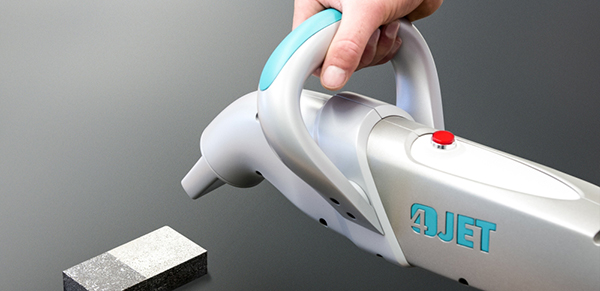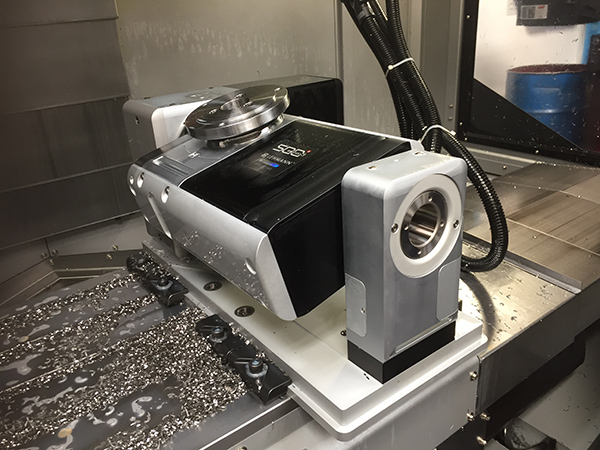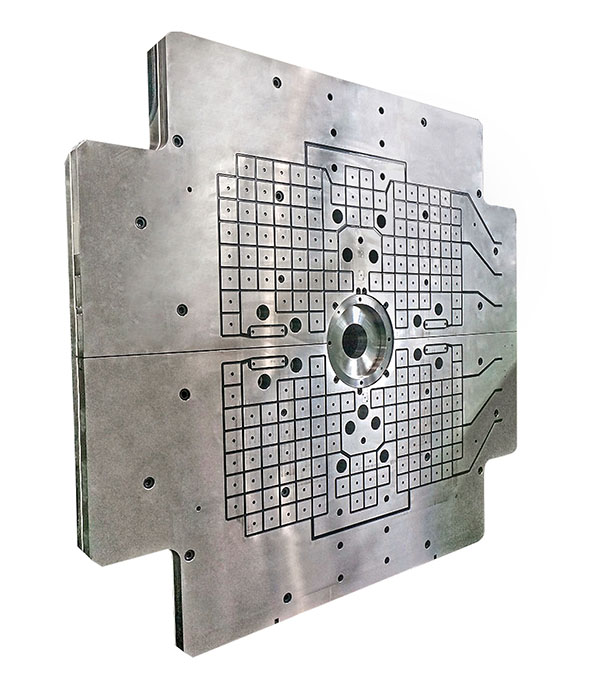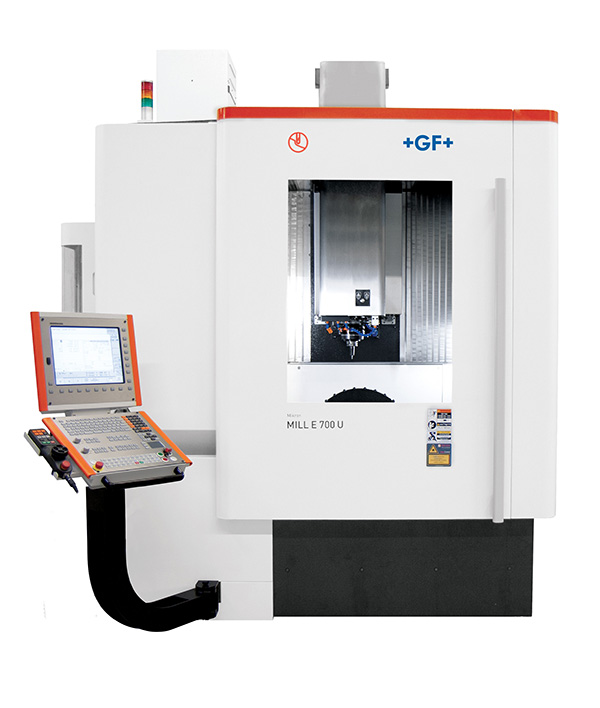The Manufacturing Technologies Association (MTA), which owns and runs the MACH exhibition, has taken the decision to reschedule the show from April 2020 to January 2021.

Given the spread of Coronavirus, the MTA has decided that, in order to minimise the risks to visitors and exhibitors, the event will now take place on 25-28 January 2021. The show will still be held in the same halls at the NEC. All exhibitors that had booked for MACH in April will be offered the same stand space at the event held on the new dates.
James Selka, MTA CEO, says: “We believe that this decision, which has not been taken lightly, is in the best interests of the industry and those who work in it. Our first priority is, of course, the health and safety of the 30,000+ people who will visit and work at MACH. In addition, we believe that by moving MACH to January 2021 we are going to be able to offer a better experience for our visitors, and better value for our exhibitors, than by holding it in April under the conditions likely to be in place at that time.”
For further information www.machexhibition.com






